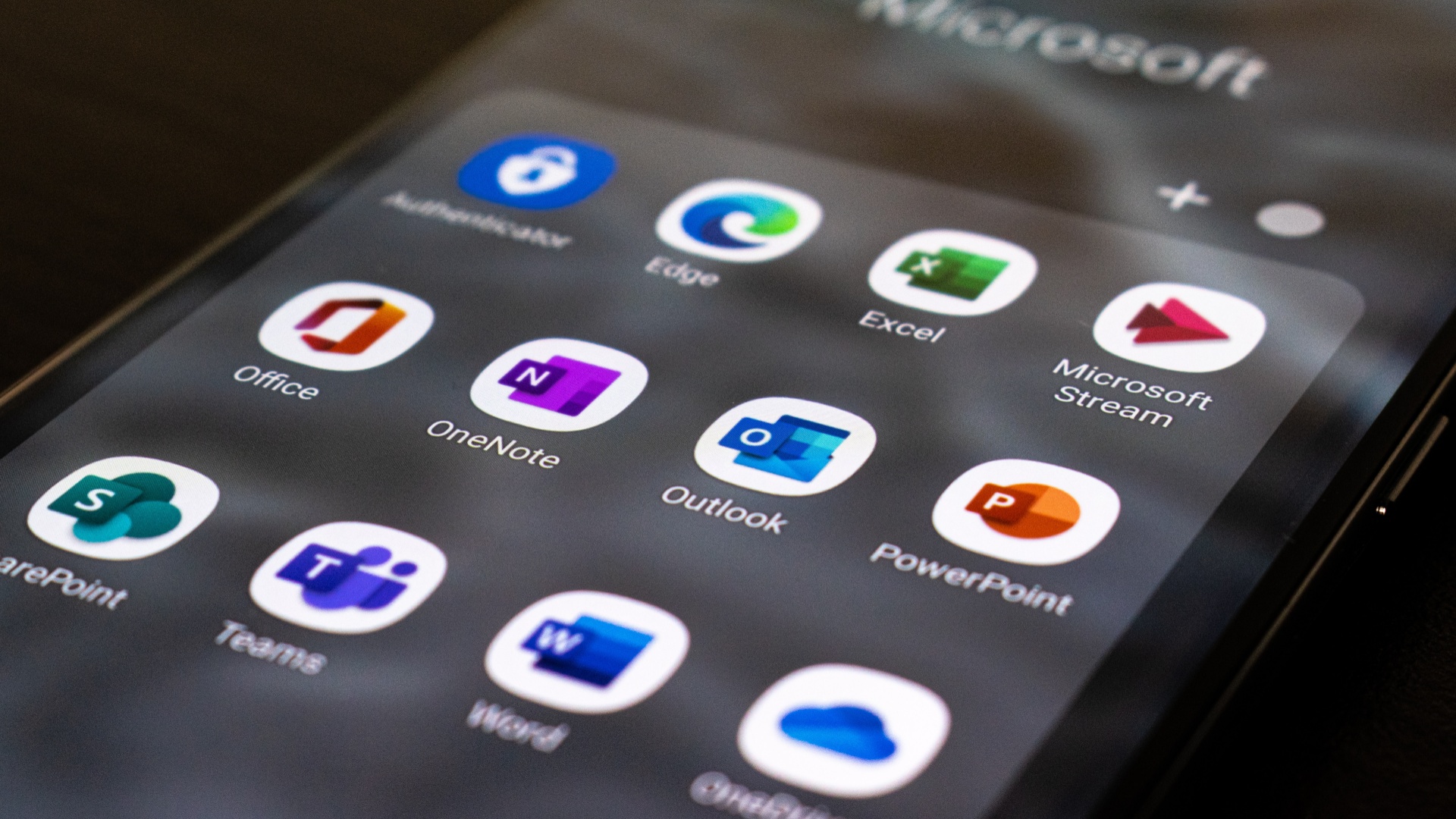- Last week Friday, Microsoft published a blog post disclosing that it was targeted by a distributed-denial-of-service (DDoS) attack in early June.
- It resulted in Outlook and other Microsoft services being inaccessible for users.
- The company says there is no evidence to suggest that customer data has been compromised at the time of writing.
If you experience issues with Outlook and other Microsoft services in early June, you weren’t the only one. At the time, it was unclear what the cause of the outages were, but a well buried blog post published by Microsoft last week Friday has shed some light on the situation.
According to the company, it was the target of a distributed-denial-of-service (DDoS) attack that “temporarily impacted” access to some of its customer facing services like Outlook.
While a DDoS attack sounds rather nefarious, Microsoft does not appear to be too perturbed by the incident, noting that it was designed to drum up publicity for a threat actor that is has named Storm-1359.
While Microsoft is trying to downplay the incident, as Engadget points out, according to the company’s naming conventions for threat actors, Storm is often designated to those that it does not have definitive details on.
“Beginning in early June 2023, Microsoft identified surges in traffic against some services that temporarily impacted availability. Microsoft promptly opened an investigation and subsequently began tracking ongoing DDoS activity by the threat actor that Microsoft tracks as Storm-1359,” the blog post explained.
“These attacks likely rely on access to multiple virtual private servers (VPS) in conjunction with rented cloud infrastructure, open proxies, and DDoS tools. We have seen no evidence that customer data has been accessed or compromised,” added Microsoft.
While the precise number of customers potentially impacted by this DDoS attack remains unclear at the time of writing, Microsoft has advised that its enterprise clients take some necessary steps.
To that end it has recommended the use of, “layer 7 protection services such as Azure Web Application Firewall (WAF) (available with Azure Front Door, Azure Application Gateway) to protect web applications”.
Either way, whether you’re an enterprise or consumer client, it is a good idea to refresh your passwords and protocols for access Microsoft services like Outlook.

